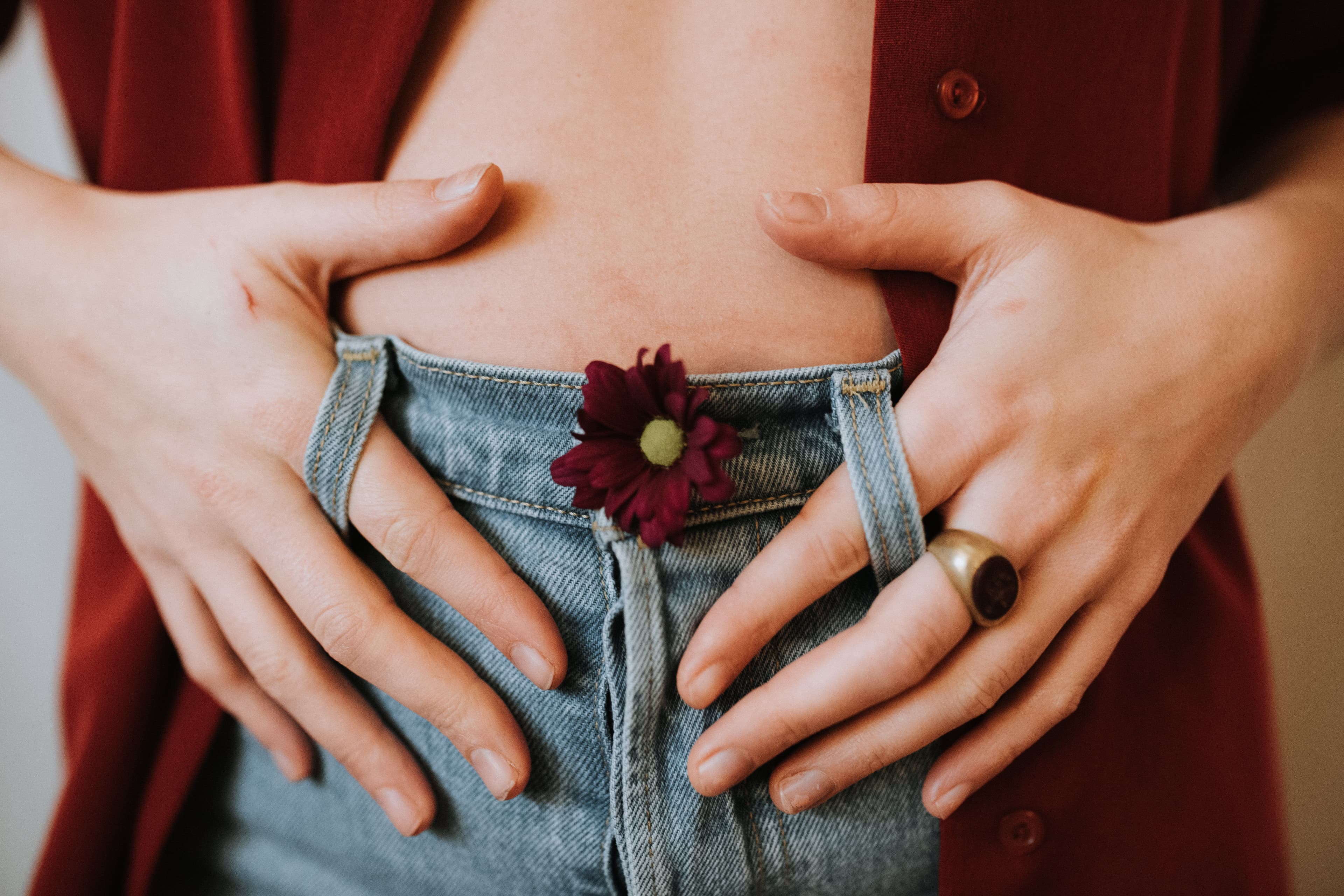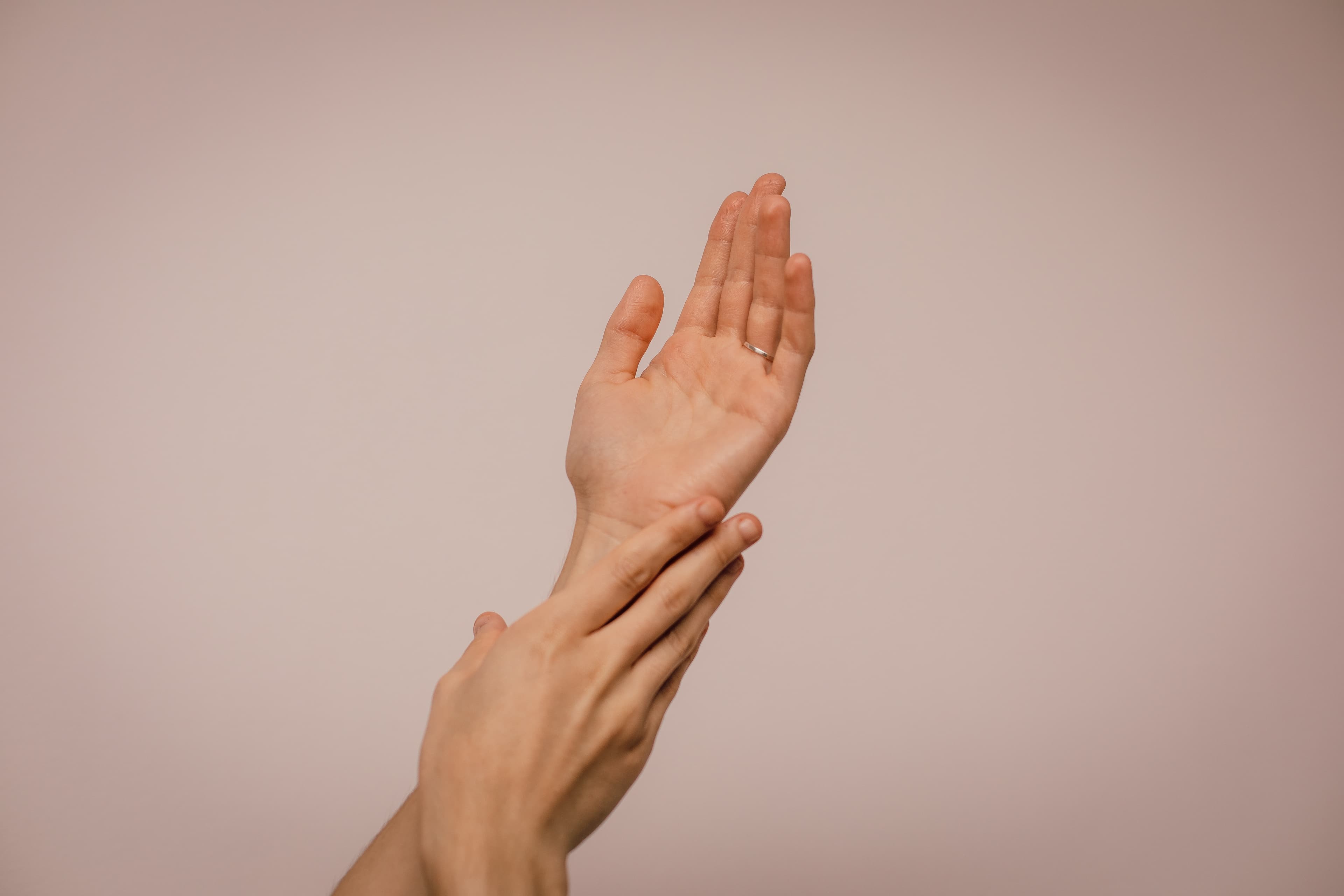Living with a stoma can feel intimidating at first and it's completely normal to have complicated feelings about your ostomy and stoma. Over time, you'll grow more comfortable living with your stoma, and most long-term ostomy bag users feel a sense of freedom and relief that come with an improved quality of life after surgery.
One of the best ways to get comfortable with your stoma is by establishing a great care routine. Cleaning and caring for your stoma is incredibly important for keeping your stoma healthy and avoiding infections or other complications.
This article breaks down all the steps to cleaning and caring for your stoma, including bag removal, cleaning, bag replacement, diet, exercise, and finding support.
What You'll Need
Note: If you have a stoma, you'll likely develop your own personal preferences for what types of products you prefer to use when it comes to caring for your stoma. Some of the care items on this list are optional and can be used on a case-by-case basis or according to preference. Remember, you know your stoma best! When it comes to care products and accessories, use as many or as few as is right for you.
Caring for Your Stoma
Removing your ostomy bag & adhesive
Your ostomy bag should be changed every 3 to 5 days. Many people with ostomies change their bags twice a week, coinciding with regular showers.
After you remove and dispose of your ostomy bag, use adhesive remover spray or wipes to peel off the barrier and remove any adhesive surrounding the stoma. The adhesive remover will minimize pain or irritation and make removing the barrier and adhesive much easier. Slow and gentle are the keywords here.
Pro-Tip from Carewell ostomy customers: Don't go overboard with the application of adhesive remover. A little goes a long way!
Check your stoma
Before you put on a new bag, thoroughly check your stoma for any signs that would cause concern. Your stoma should be light to dark pink and moist. Look for redness, bumpiness, soreness, or itchy patches of skin that need attention.
Some ostomy bag users like to spend some time with their bag off to allow their stoma and skin to breathe. Just remember to keep tissues nearby to handle any output while you have "bag off" time.
See your doctor immediately if you notice your stoma is pale, dark red, purple, or black, appears dry, has a pus-like discharge, or if you're experiencing stoma pain that doesn't go away.
Clean your stoma
It is extremely important to keep your stoma clean to avoid complications like bacterial and yeast infections. After you've had your stoma for a while, you'll be able to get into a good cleaning routine that works for you. Clean your stoma with every bag removal - usually every 3-5 days.
How to clean your stoma
Step 1: Gently wipe the stoma
After you've removed your bag, dampen a soft washcloth with lukewarm water and wipe around the stoma gently, removing any left-over adhesive and cleaning the skin. Remember, your stoma does not have nerve endings, so it's important to be gentle, as you won't be able to feel if you’re wiping too hard. Let the area fully dry before applying any powder or barrier products.
Note: Some people like to clean around the stoma using soap. If you choose to use soap, use mild, unscented soap. Do not use soaps with oils or scents, as this can irritate the stoma and make it difficult for your skin barrier to stick. Make sure to rinse off the soap thoroughly so no residue is left.
Step 2: Apply stoma powder
If you notice redness, irritation, or weeping around the stoma, use a light dusting of stoma powder on the affected areas.
Step 3: Apply spray or cream
Use skin barrier wipes, spray, or cream which can help protect the skin around the stoma, fill in any gaps or skin imperfections surrounding the stoma, and give a better seal on the ostomy bag barrier opening (also called a wafer).
Step 4: Cut the wafer
Cut the wafer to size with ostomy scissors. The opening should be within ⅛ inch for the proper fit.
Step 5: Apply Skin Barrier
Adhere your skin barrier or barrier paste to your wafer or skin.
Step 6: Apply wafer or bag
Apply your wafer (or full wafer and bag system if you use a one-piece ostomy system).
Step 7: Deodorize
Add deodorizing drops to your ostomy bag if you would like.
What to Eat with a Stoma
Good nutrition is an important part of caring for your stoma. You will get helpful tips for nutrition from your stoma care team after your ostomy surgery, but because different foods can affect people differently, you'll want to take note of what foods seem to work ideally for you. Many people tend to avoid very fibrous foods that may cause blockage and foods and drinks that may cause gas. As long as you're eating a generally healthy, balanced diet, you should not have to restrict any foods.
Exercising with a Stoma
Regular exercise is an important part of keeping your stoma (and your whole body) healthy. Your stoma won't stop you from doing any kind of exercise, so don't limit yourself. It may take some time after surgery to find the activities you feel comfortable doing, but when you're ready to be active, feel free to enjoy sports and exercise. Even swimming and higher contact sports are possible with a stoma, and you may even be able to find special ostomy sports groups in your area.
Seek Support and Find Your “Ostomates”
Adjusting to living with a stoma can be difficult at first. Feeling scared, uncomfortable, and uncertain about all the changes that come after your ostomy surgery is completely normal. Many people report feeling a mix of insecurity about their new situation and relief that they are finally free of the life-impacting stomach or bowel issues that led them to an ostomy in the first place.
It can help to talk about your feelings to close friends or family or seek out an ostomy support group. Remember, thousands of people out there with stomas understand what you are going through. Finding your ostomy support system can help make having a stoma feel more "normal," and your "ostomates" will be a great resource for pro tips on living the ostomy lifestyle.
Use the United Ostomy Associations of America's Support Group Finder to locate groups in your area.
Need More Information?
Check out our Beginner's Guide to Ostomy Systems to get started and talk to a Care Specialist at Carewell. We are available and happy to answer your questions and make recommendations.
Reach out to our Care Team by calling (800) 696-CARE, emailing support@carewell.com.



